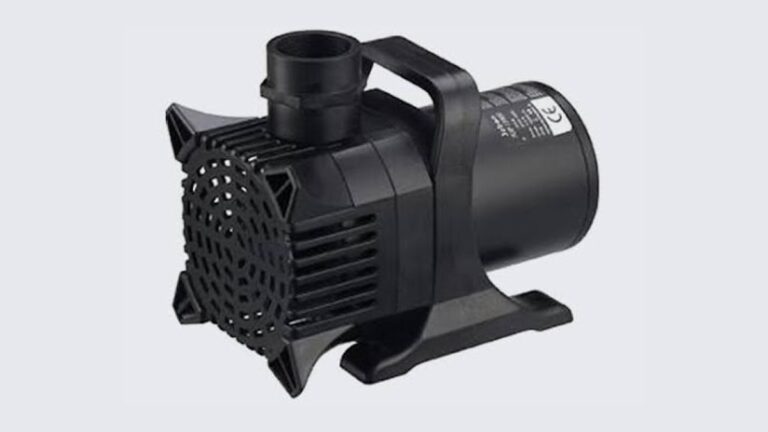When a landscape has a pond fountain, it renders beauty to the site as well as performs other important roles like aerating the pond water and enhancing aquatic life. Nevertheless, this has become a major challenge for most stakeholders since there are many different types of pond fountain pumps sold all over the market. It is important to choose the right and most efficient pump to keep the pond clean and pollution-free and also ensure proper fountain functioning. This article helps you understand the top factors to consider when choosing a pond fountain pump, making your work easy.
Pond Size and Depth
The other primary fill that must be evaluated is the size and the depth of your pond. The capacity of the pond pumps must fit the volume of water that will be circulating to avoid overworking the pump. If the pump is generally smaller, there is no or little flow, and hence, there is stagnant water with low aeration. While a small pump is too little, a large pump will do more agitation than the relevant one and hence will not be most favorable for the occupants.
Pump Type

Several pond fountain pump variations exist for various uses. The basics of these include:
Submersible: Such pumps are immersed within the water body to cover the pump wear, making them less bulky and relatively quiet. They work well for small ponds and fountains, as they can be out of the line of sight.
External: These types of pumps are mounted outside the pond, making them easy to service and repair. They tend to be higher capacity and suited for big water bodies like sources and fountains. External pumps also face little challenges with big debris and high flow buyers. Therefore, they are efficient.
Flow Rate

When defining a pump’s flow rate, it purports to the quantity of water moved over a given period of time, which is often shown in GPH: gallons per hour. Flow rate is one of the parameters of a pump that must be carefully chosen to maintain the expected fountain design and proper oxygenation of the pond.
To ensure a proper flow rate, first consider the fountain’s structure and the height to which the water spray is raised. If, for instance, you wish to have the water spray high and with a pyrotechnic effect, a higher flow rate becomes a requirement. On the other hand, if you wish to have a softer water spray in the water feature, then the flow rate can even be lower than average.
Head Height
Head height can define how far the water can be pumped or how high it is pressured against the force of gravity. This is an essential measurement since it also provides an estimation of how far the water from the fountain will shoot. Aesthetic fountains need pumps with high head height. Otherwise, the water does not reach the recommended heights for an ideal fountain effect and becomes rather less dramatic.
When selecting pumps, consider the ‘ head height’ and ensure that it is appropriate with respect to the height of your water fountain. A head height rating of at least 25% should be ideal so that the pump can comfortably raise water and showcase the fountain at its optimum level. The water feature will operate efficiently and have impressive performance.
Energy Efficiency
Energy efficiency is yet another determinant in the choice of a pond fountain pump. An energy-conserving pump will make it possible to cut down on power exclusively, making it an energy-efficient option for the pond. Such pump axes options include Energy Star or low average power usage.
Multi-purpose efficient pumps may seem expensive at the time of purchase; however, their costs will be recouped through energy savings in the future. Also, consider the pump’s warranty period and life span as a cost-effective, efficient pump that will ultimately be economical.
Price
Last but not least, decide how much you will spend on the pond fountain pump. The cost is very subjective to the type and size of the pump. It may sound lucrative to go for the most affordable option, but higher-quality pumps reduce energy consumption and have lower replacement frequencies, thus amassing more cost savings in the long run.
Prioritize the features that matter to you the most, and look for a pump that you can afford and one that will get the job done for your pond. Don’t forget that a high-performance, efficient pump is an added advantage to the beauty and health of the pond.
Conclusion
Ultimately, choosing a pond fountain pump requires one to consider some vital aspects like the size of the pond, type of pump, flow rate, head height, energy efficiency, and cost. A thorough examination of these parameters will guide you into purchasing a pump that will beautify your pond and protect its aquatic creatures. Don’t forget to carry out a thorough search and comparison of the different options available so that you can get the ideal pump that you require. Enjoy the heavenly beauty of the fountain and the enormous health of the pond for even more years to come.
